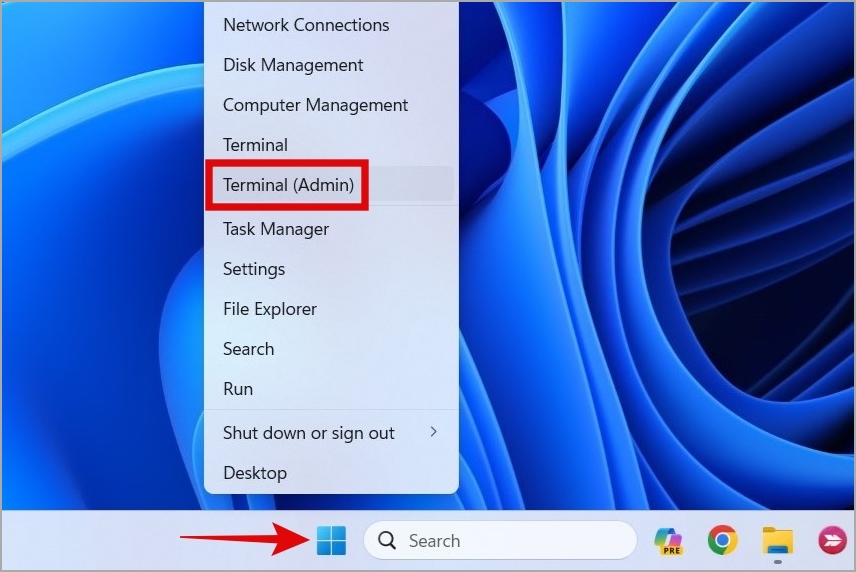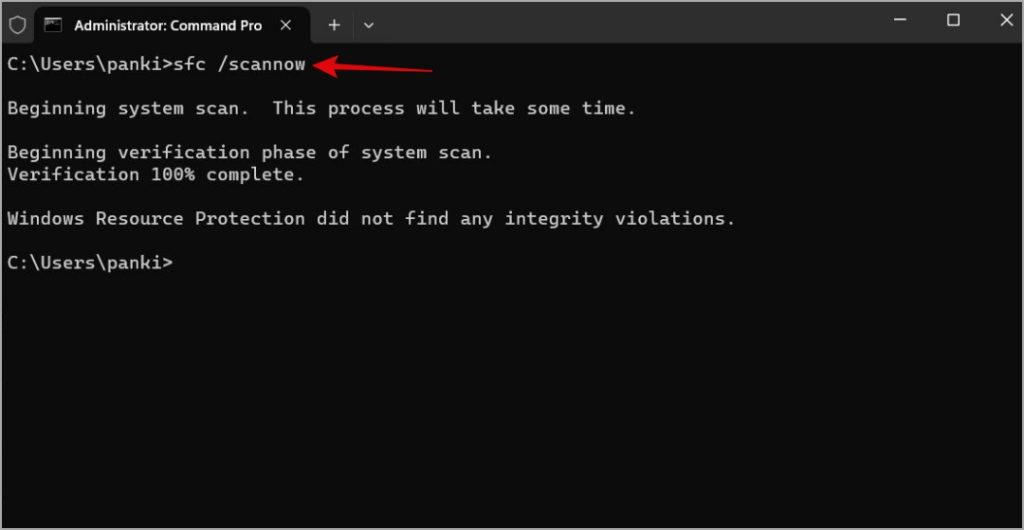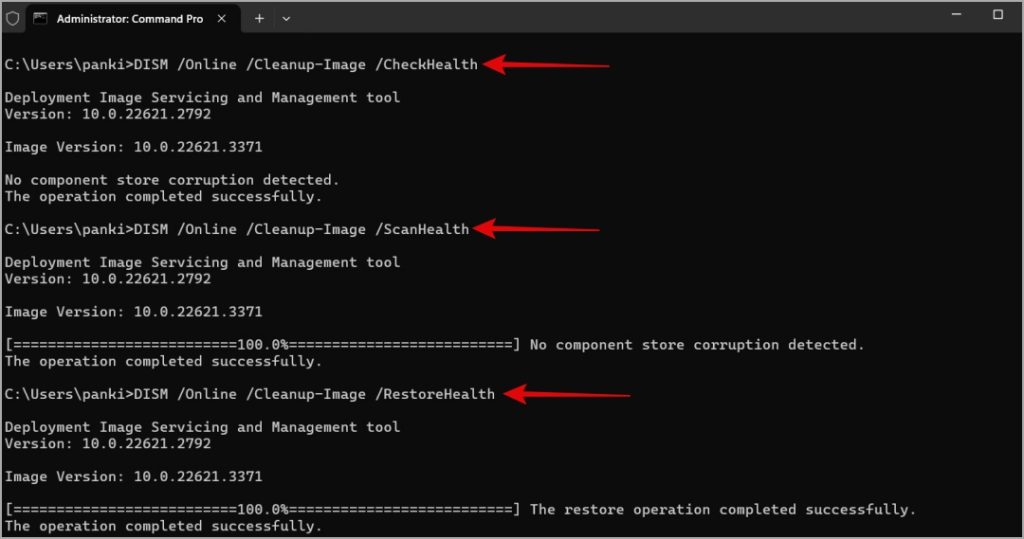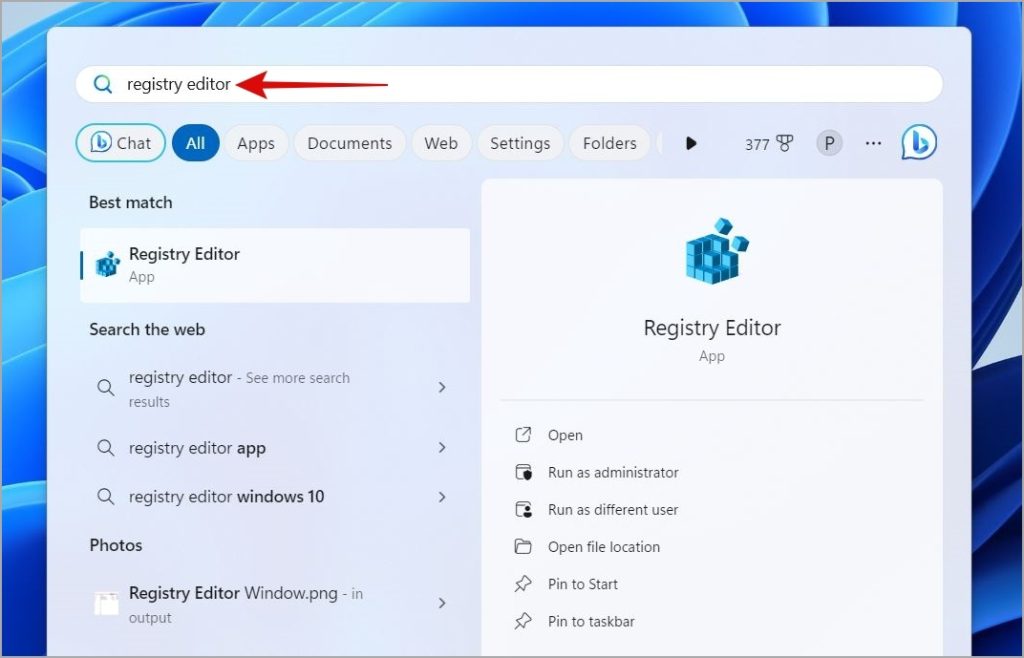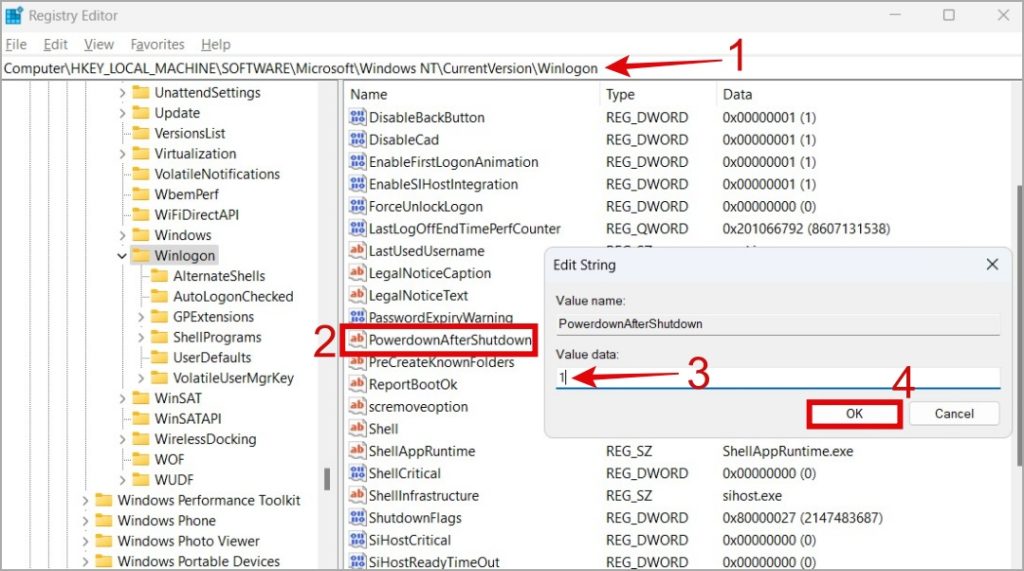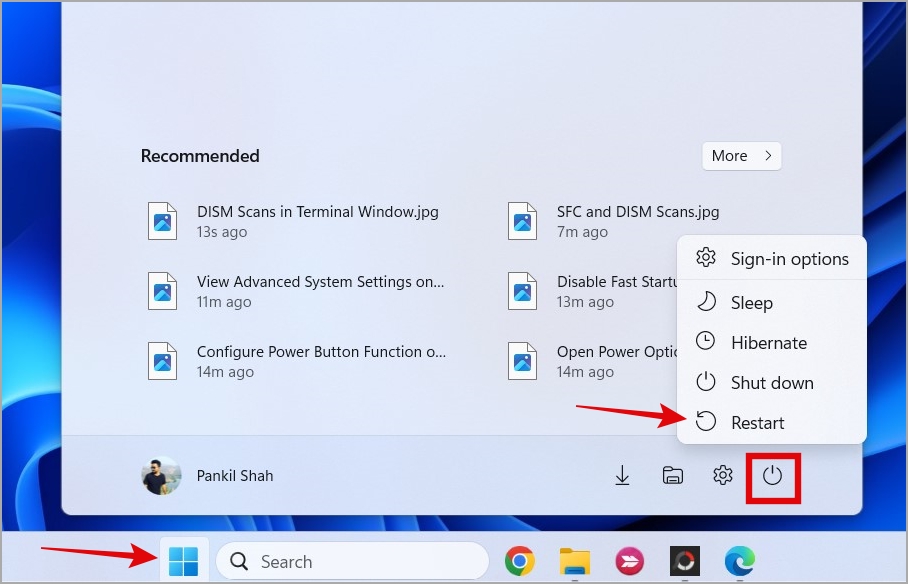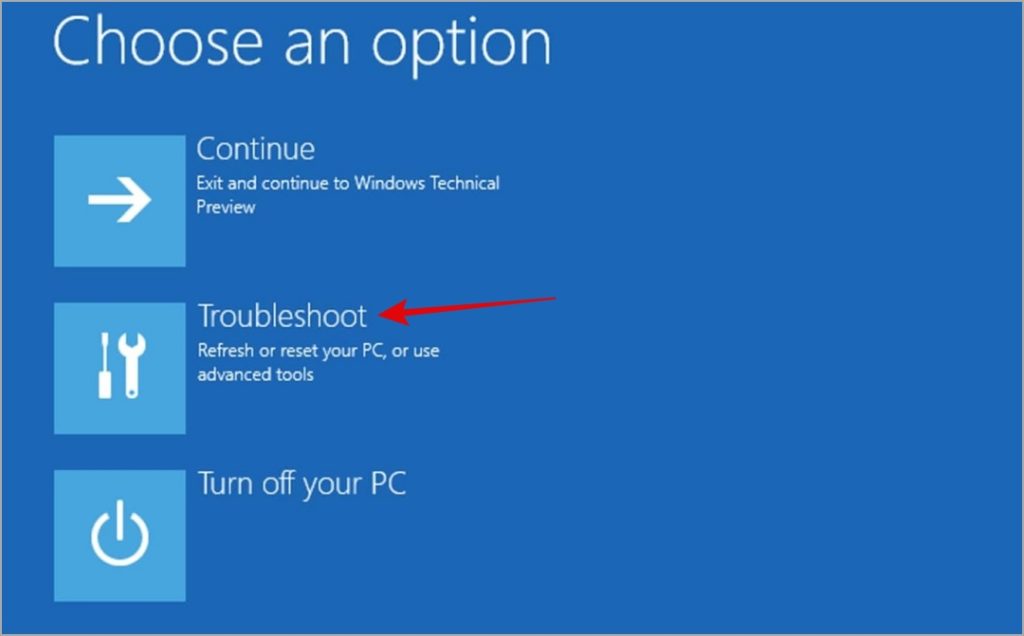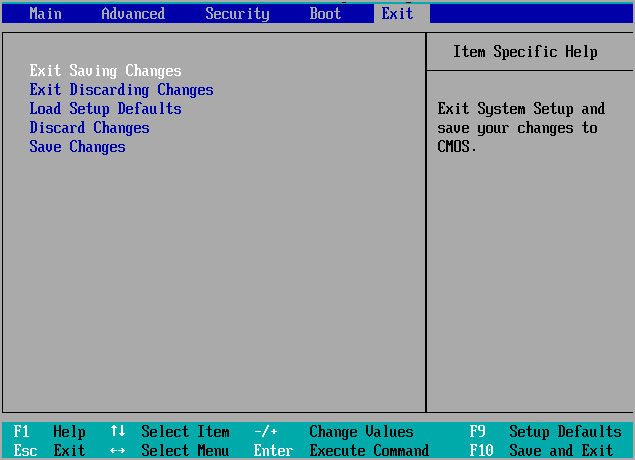Does your Windows 10 or 11 computer restart after you do a shut down ? That ’s quite perplexing when your Windows personal computer just reboots while you want to turn it off entirely . Interference from international devices , fast startup functionality , and deprave system files are just a few reasons why your personal computer restarts every which way when you want it to shut it down . Here ’s what you should doif your Windows computer annoyingly restartsinstead of shutting down .
Table of content
1. Unplug All External Devices
One of the external devices connected to your Windows computing gadget may be causing the unneeded restarts . To avoid any interference , unplug all the external machine to see if that help .
2. Disable Fast Startup
Another common reason why your Windows personal computer may restart even when you shut it down is due to the Fast Startup characteristic . Several user on aMicrosft Community postreported fixing this particular issue by handicap the Fast Startup lineament . you may also give it a go .
1.Press theWindows + Rkeyboard shortcut to reach the Run dialog boxwood . Typecontroland pressEnter .
2.Change the view character toLarge iconsand then selectPower Options .
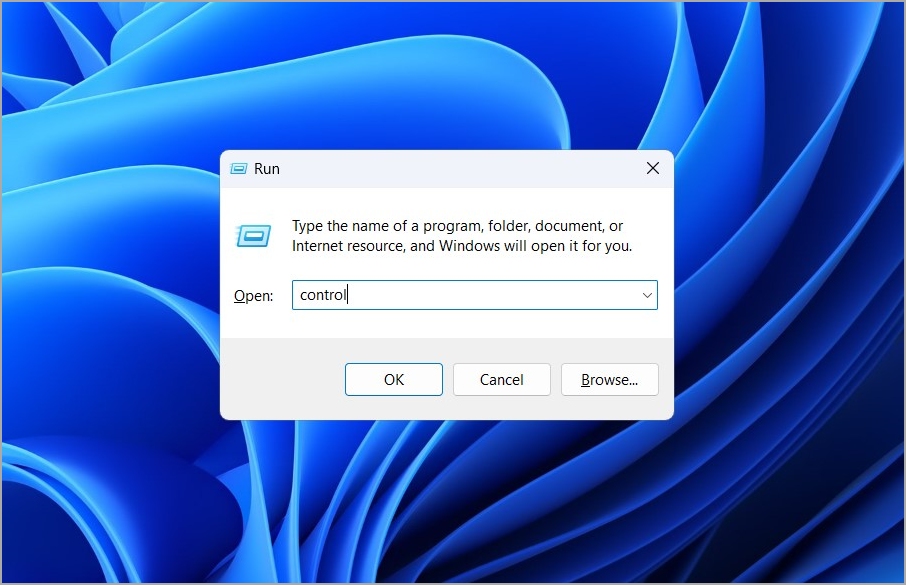
3.Click theChoose what the power buttons dooption from the left sidebar .
4.Click theChange configurations that are presently unavailableoption . Uncheck theTurn on flying startup ( recommended)checkbox and clickSave Changes .
Try shutting down your PC and see if the issue persists .
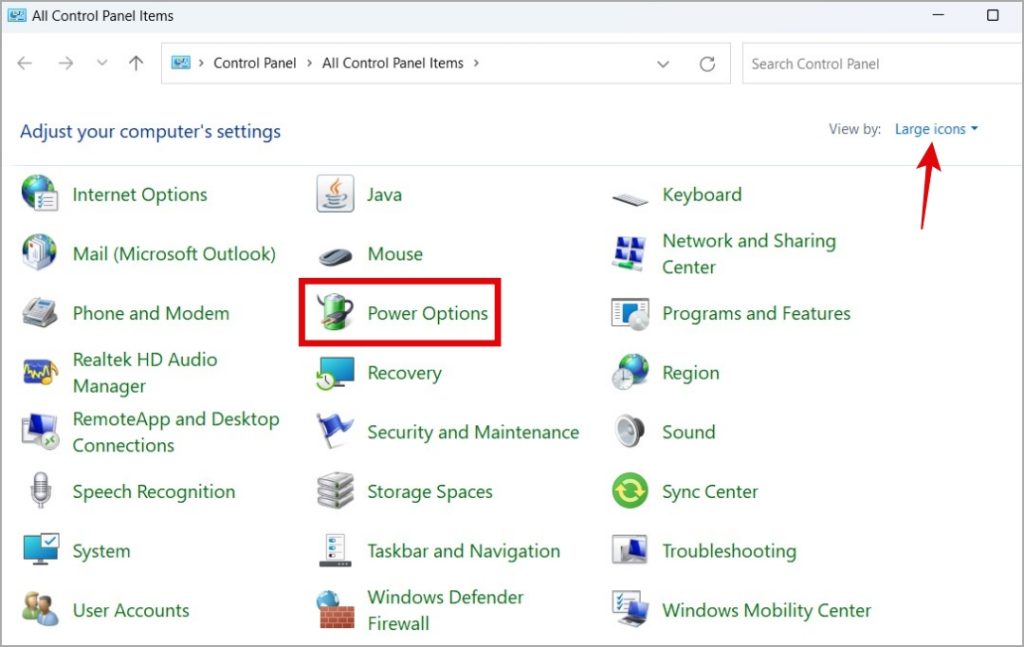
3. Turn Off the Automatic Restart Option
A system loser during the shutdown process might thrust your Windows PC to reboot automatically . When that happen , Windows conducts the necessary hitch andprevent delays during subsequent startup . Of naturally , you’re able to disable that behaviour in Windows . For that , you ’ll require to turn off the automatic restart feature using these step :
1.Press theWindows key + Skeyboard shortcut to open up the search menu . Typeview in advance system of rules settingsand pressEnter .
2.UnderStartup and Recovery , get across theSettingsbutton .
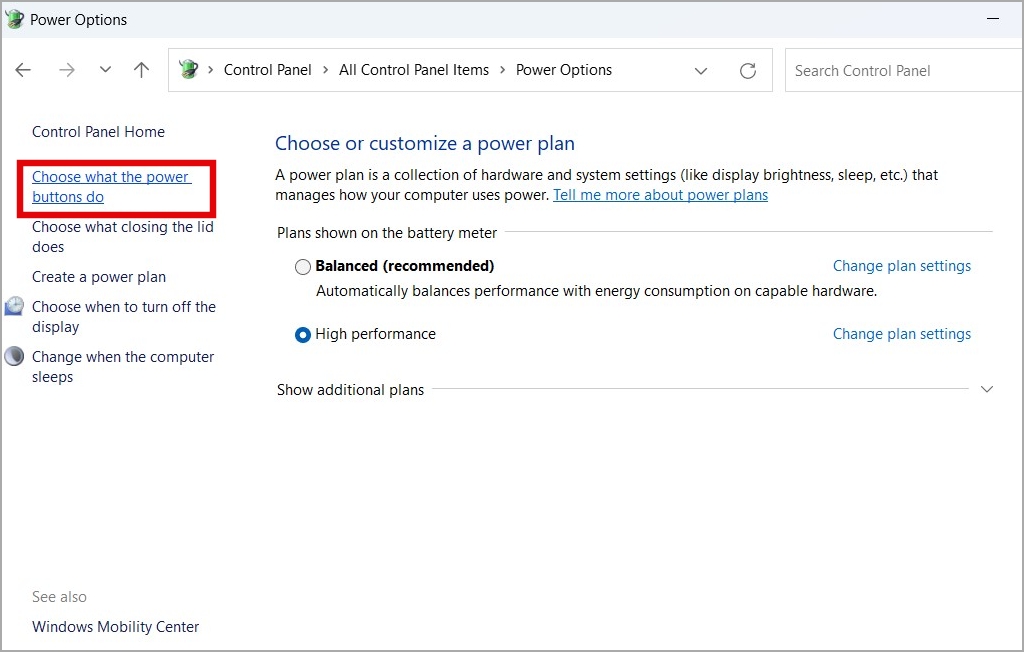
3.Uncheck theAutomatically restartoption and then hitOK .
4. Run SFC and DISM Scan
The mien of crooked or discredited system files on your Windows PC can also cause it to malfunction and not shutdown completely . If that ’s the case , running the SFC ( System File Checker ) and DISM ( Deployment Image Servicing and Management ) CAT scan will take into account Windows to quicken or replace any tough file .
1.Right - click theStart iconand selectTerminal ( Admin)from the list .
2.In the console , type the following command and pressEnter .
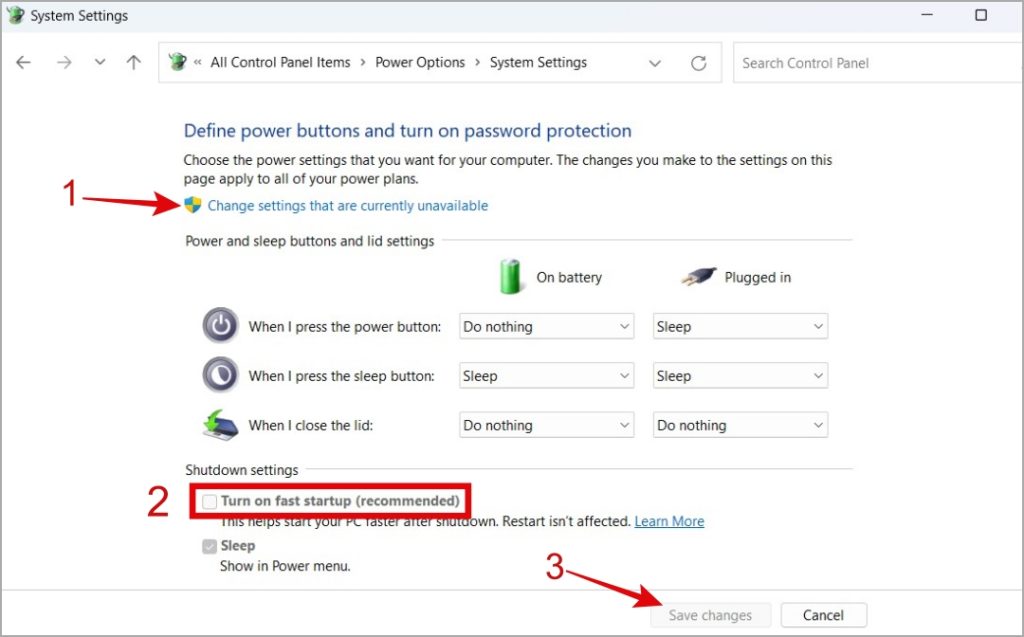
Wait for the process to complete and utilize fixes , if it finds any problems .
3.launch the following program line one by one and pressEnterafter each one to launch the DISM scan .
5. Modify Registry Files
If your reckoner still restarts or else of shut out down , you could modify register file to configure Windows to power off completely after a shutdown . However , since the register editor preserve important options for Windows and its apps , ensure youcreate a restore pointbefore you make any changes .
1.Press theWindows key + Skeyboard shortcut to get at the search menu , type inregistry editor program , and hitEnter .
2.In the destination bar at the top , type the follow way of life and hitEnter .
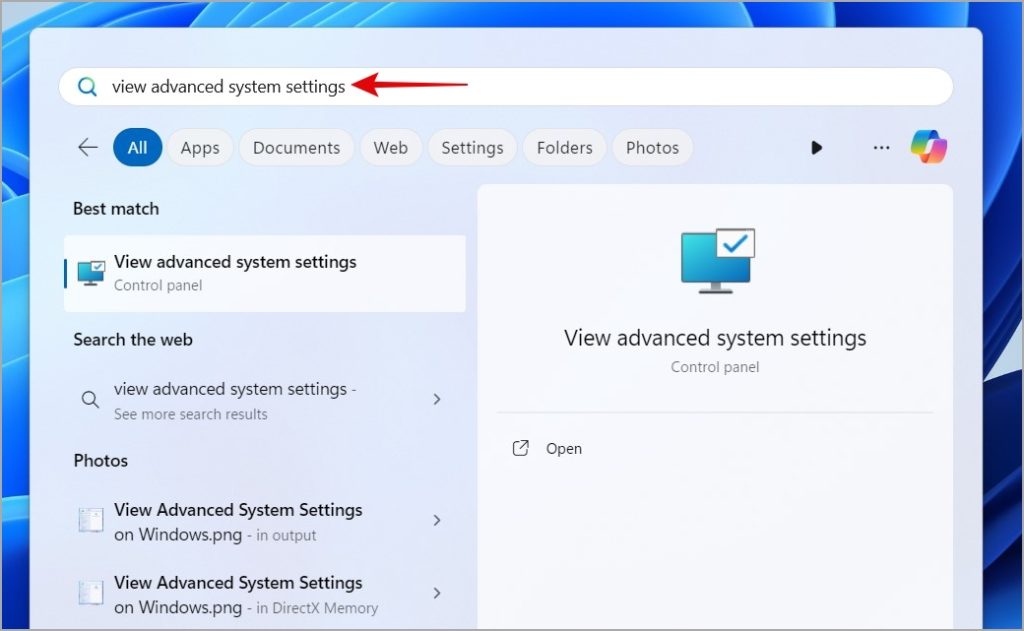
3.In the right pane , double - get through thePowerdownAfterShutdownvalue . Enter1 in the value data field and hitOK .
reboot your microcomputer for the changes to take effect . After that , Windows will not turn on mechanically after a closing .
6. Reset BIOS
If nothing else works , it ’s likely that issue is related to the BIOS setting of your calculator . unremarkably , that happens when you ’ve made changes to fine-tune the hardware - related background . In that case , your good alternative is to reset the BIOS preferences and start over .
1.Open theStart menuand click thepower iconat the bottom . Then , hold down theShift keyand select theRestartoption .
2.Wait for Windows to boot . When the blue screen appears , go toTroubleshooting > Advanced Options > UEFI Firmware configurations > Restart .
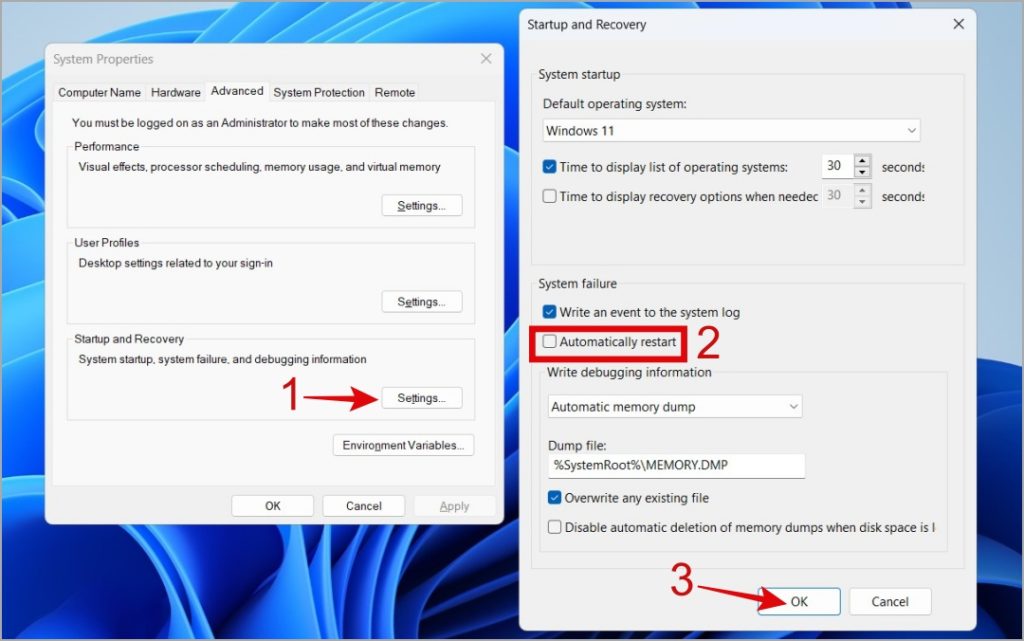
3.When you ’re in the BIOS menu , pressF9on your keyboard to chooseSetup nonpayment . Then , tally theF10button to save the changes and exit the BIOS screen .
Note : The BIOS bill of fare may look different on your computer depend on its manufacturer .
Restful Shutdowns Await
Windows computer restart automatically is seldom a good mansion . Aside from the above tips , ensure you set up any pending Windows update , as they bring numerous improvements and essential hemipteran fixes to your computer . Also , consider running veritable malware checksusing Windows Defenderto obviate any malicious programme or threat and manoeuver clear of such issues .
Microsoft OneNote Icons and Symbols Meaning – App/Desktop
50 Years of Microsoft: 11 Times Microsoft Fumbled and Missed…
How to Transfer Windows 11 to a New Drive/SSD (Step-by-Step)
Microsoft Office is Now Free on Desktop – But With…
How to Install Windows 11 on PC With Unsupported Hardware
Windows 10’s End is Near: What Are Your Options?
Windows 11 Camera Not Working? Here’s How to Fix It
Windows 11 “Resume” Feature: Seamlessly Switch Devices
Windows 11 Installation Has Failed? Easy Fixes to Try
Windows 11’s Multi-App Camera Support: How to Enable and Use…
